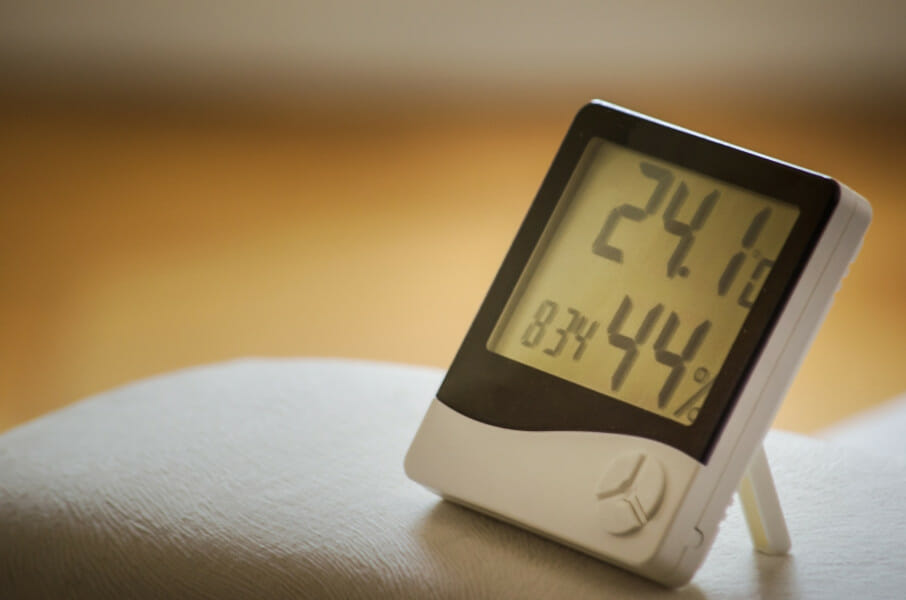Understanding the Impact of Indoor Humidity and Temperature on Health
In the winter months, people aim to save on energy bills by sealing warmth indoors and keeping the cold out. As the air tends to get drier in winter, individuals resort to various methods to reintroduce moisture into their homes.
While increasing humidity in your home can make you feel better, it’s crucial to understand the health implications of both excessive and insufficient moisture levels. The quality of indoor air directly influences the well-being of occupants, emphasizing the significance of maintaining appropriate humidity and temperature levels to prevent health issues.
Humidity and Temperature Relationship
Humidity typically brings to mind muggy summer days causing frizzy hair and making outdoor activities more challenging due to dense, moist air. Humidity refers to the water content in the air and significantly impacts how one perceives temperature. For instance, on a summer day in the 70s, high humidity can make it feel like it’s in the 80s, leading your body to feel warmer and sweat more. However, excess humidity inhibits sweat evaporation, amplifying discomfort.
During winter, lower temperatures reduce humidity levels as cold air contracts, limiting moisture absorption. This decrease in moisture may prompt symptoms like dry skin or chapped lips and contribute to a sensation of chilliness.
Impact on Health
Increased Vulnerability to Illness
Elevated humidity fosters the proliferation of viruses and germs, prolonging their airborne presence and increasing the risk of infections. Conversely, cold environments can compromise the immune system’s ability to combat pathogens.
Disrupted Sleep Patterns
Temperature extremes during sleep can disrupt rest, leading to fatigue and drowsiness throughout the day.
Aggravation of Existing Medical Conditions
Humidifiers used in conjunction with cold temperatures can elevate allergen levels and promote mold growth, worsening symptoms in individuals with allergies or respiratory conditions such as asthma.
Accumulation of Contaminants in the Home
Cleaning chemicals and building materials can introduce contaminants into indoor air, potentially causing respiratory issues and irritations.
Maintaining Indoor Air Quality
To optimize indoor air quality, maintaining a humidity level between 30% and 50% and a temperature range of 64 to 70 degrees Fahrenheit is recommended. Utilize humidifiers, dehumidifiers, houseplants, and air purifiers to regulate humidity and temperature effectively for a healthier living environment.
Promoting Health with Clean Air
Given the considerable time spent indoors, ensuring superior air quality at home and work is essential for overall health and well-being.
Author Bio
Jane is an environmental writer and the founder and editor-in-chief of Environment.co where she covers sustainability and eco-friendly living.



















